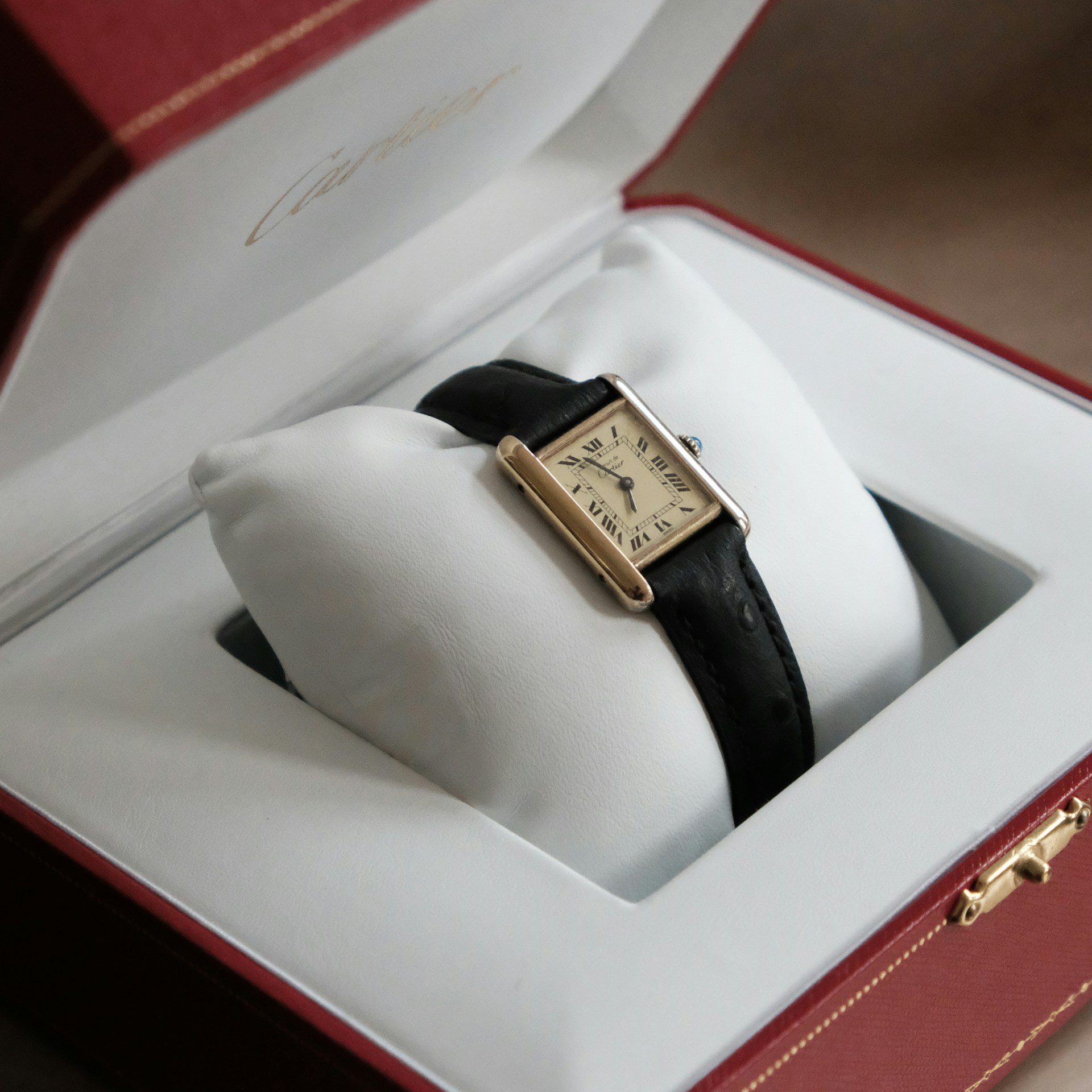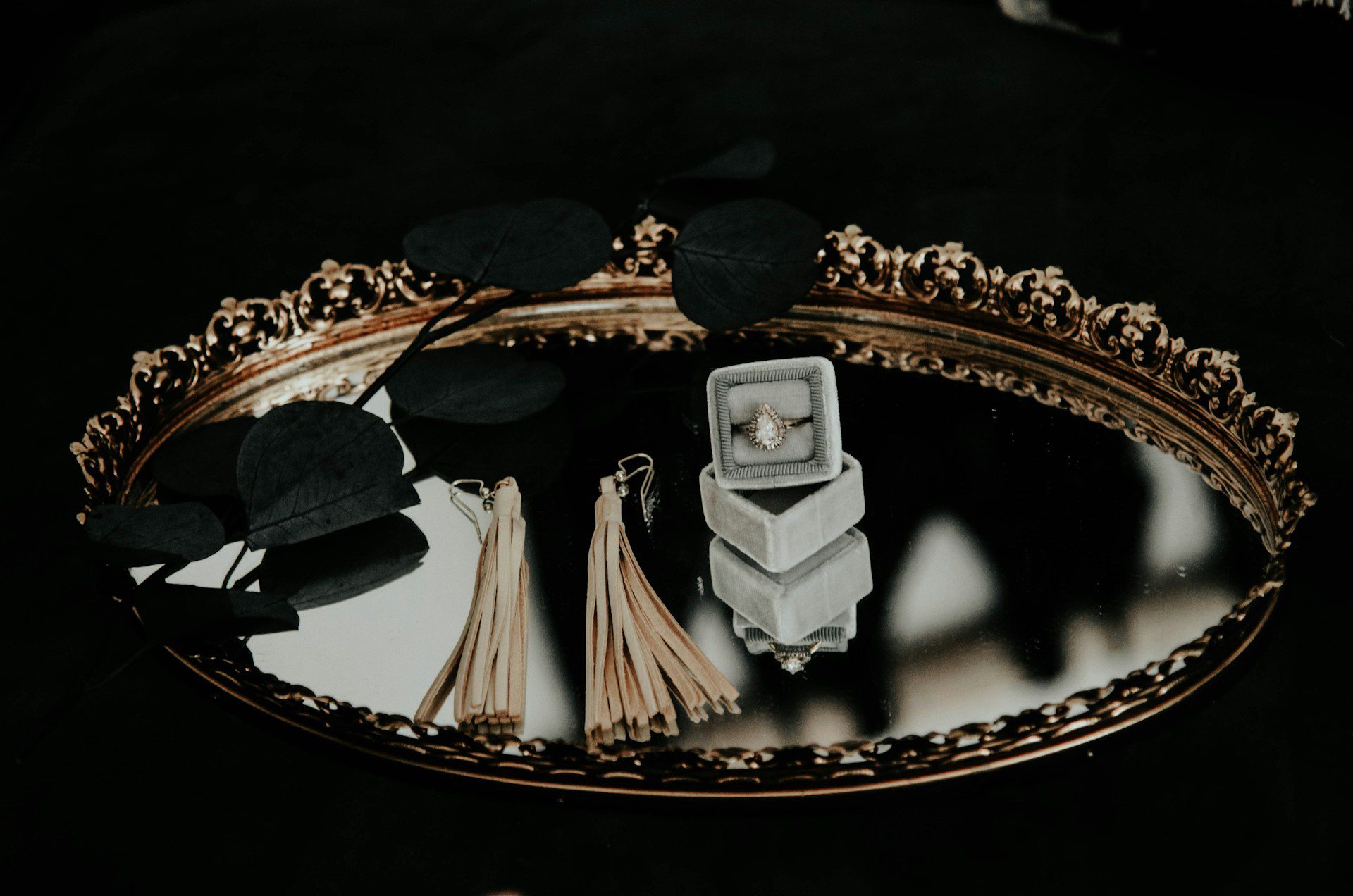When it comes to diamonds, cut is king. It is the single most important factor in determining a diamond’s beauty and, ultimately, its value. The quality of a diamond’s cut has three primary components: brightness, fire, and contrast. Brightness refers to the overall light performance of the diamond, while fire is the dispersion of that light into spectral colors (aka “flashes” or “sparkle”), and contrast is how clearly those flashes are visible against their background.
There are ten common diamond cuts, each with its own unique characteristics. In this guide, we’ll explore all ten cuts in detail so that you can make an informed decision when purchasing your next diamond.

Round Cut Diamond
The Round Cut is by far the most popular shape for engagement rings. It is also the most brilliant of all diamond shapes, thanks to its symmetry and facets which reflect nearly 100% of incident light back out through the top of the stone. If you’re looking for a beautiful and timeless engagement ring with maximum sparkle, look no further than a round-cut diamond.
Princess Cut Diamond
The Princess Cut is a relatively new addition to the world of diamonds, having only been invented in the 1960s. But don’t let its youth fool you; it has quickly become one of the most popular shapes for engagement rings due to its incredible brilliance (second only to rounds) and uniquely square silhouette. If you’re looking for something different from a traditional round ring but still want plenty of sparkle, consider a princess-cut diamond!
Pear Shaped Diamond
Pear-shaped diamonds combine elements of both oval cuts and marquise cuts to create a uniquely elegant gemstone. They are often used as side stones in multi-stone engagement rings or as statement pieces in pendants and earrings. If you love oval diamonds but want something with a little more flair, consider pear shape!
Emerald Cut Diamond
emerald-cut diamonds have long been associated with Hollywood glamour. Thanks to their rectangular shape and large open facets, they offer excellent clarity at first glance. Emerald cuts tend to be less expensive than other high-end options like rounds or carats, making them great choices for budget-conscious shoppers. However, because emerald cuts have shallower pavilions (the bottom portion of the stone ), they don’t perform quite as well as other shapes when it comes to Brilliance
Marquise Cut Diamond
The marquise cut was supposedly created by King Louis XIV’s court jeweler in honor of his mistress’ smile. Like pear shapes, marquises combine aspects of both oval and round brilliants, resulting in a stunningly elongated silhouette. Because marquises have large surface areas relative to their carat weights, they often appear larger than other shaped stones
Oval Cut Diamond
Oval diamonds have become increasingly popular over recent years thanks largely in part to their ability to flatter almost any finger type or size. With their gentle curves and rounded edges, ovals convey femininity without sacrificing brilliance; indeed many believe that ovals actually outperform rounds when it comes to fire and contrast.
Radiant Cut Diamond
\Radiant cut diamonds were introduced in 1977 as square or rectangular stones with 70 facets – 58 on the crown (or top ) plus 12 around the perimeter(or skirt ). Today radiants come in all sorts of sizes and proportions but always maintain those trademark cropped corners that give them such a distinctive look.
Heart Shape Diamond
A heart-shaped diamond is a symbol of love. It is the most romantic of all diamond shapes and has been used in engagement rings for centuries. The shape is created when a round brilliant cut diamond is cut into a pear shape, and then the two rounded ends are trimmed off to create the point at the bottom of the heart. The perfect heart-shaped diamond will have 58 facets (the same as a round brilliant); however, due to its asymmetrical shape, it can be difficult to find one with ideal proportions. When choosing a heart-shaped diamond, it is important to look at the overall shape of the stone, as well as the symmetry. The best hearts will have an evenly balanced outline, with both halves of the heart being equal in size and depth. The ideal length-to-width ratio for a heart-shaped diamond is 1:1.05 – meaning that the length should be slightly longer than the width. This gives the stone an elegant look, while still maintaining its distinctive shape.
Cushion Cut Diamond
cushion cut diamond is a type of diamond cut that is often used in engagement rings and other jewelry. The name “cushion” comes from the shape of the diamond, which is similar to a pillow or cushion. Cushion cut diamonds are known for their vintage appeal and romantic look. They are also one of the most popular cuts for engagement rings. While round brilliant diamonds are still the most popular choice for engagements, cushion cut diamonds are a close second. Cushion-cut diamonds can be found in a variety of shapes and sizes. The most common shape is square, but they can also be found in oval, rectangular, and even heart-shaped varieties. There are two main types of cushion cuts: modified brilliant cuts and step cuts.
Asscher-Cut Diamond
An Asscher-cut diamond is a type of step-cut diamond, characterized by its unique square shape with stepped facets. It was invented in 1902 by the Asscher brothers of Holland and has been a popular choice for engagement rings ever since. The Asscher cut is often confused with the emerald cut, but they are actually quite different. While both have a rectangular shape, the Asscher cut has more of an octagonal outline and its facets are arranged in a criss-cross pattern. This gives the Asscher cut its distinctive look that many find to be very elegant. The main difference between an Asscher cut diamond and other diamonds is its ability to reflect light. Because of the way its facets are arranged, light enters the stone from all directions and is reflected back out in a dazzling display. This makes the Asscher cut ideal for those who want their diamond to sparkle and stand out from the crowd. If you’re looking for an Engagement ring that’s sure to dazzle, then an Asscher Cut Diamond may be perfect for you!
When looking for the perfect diamond ring, it’s important you know the details of each type to assure that you find the right one for you.








